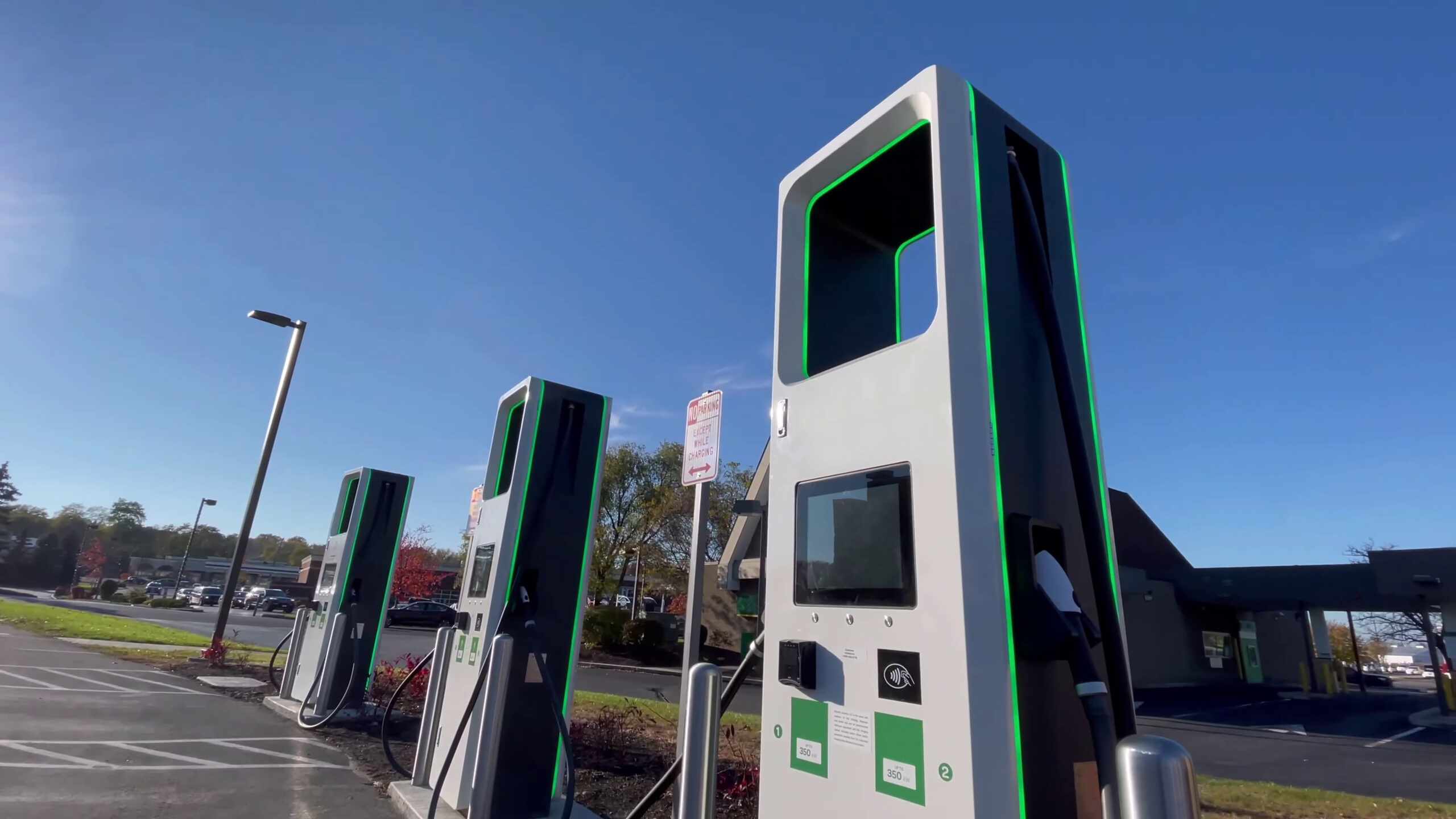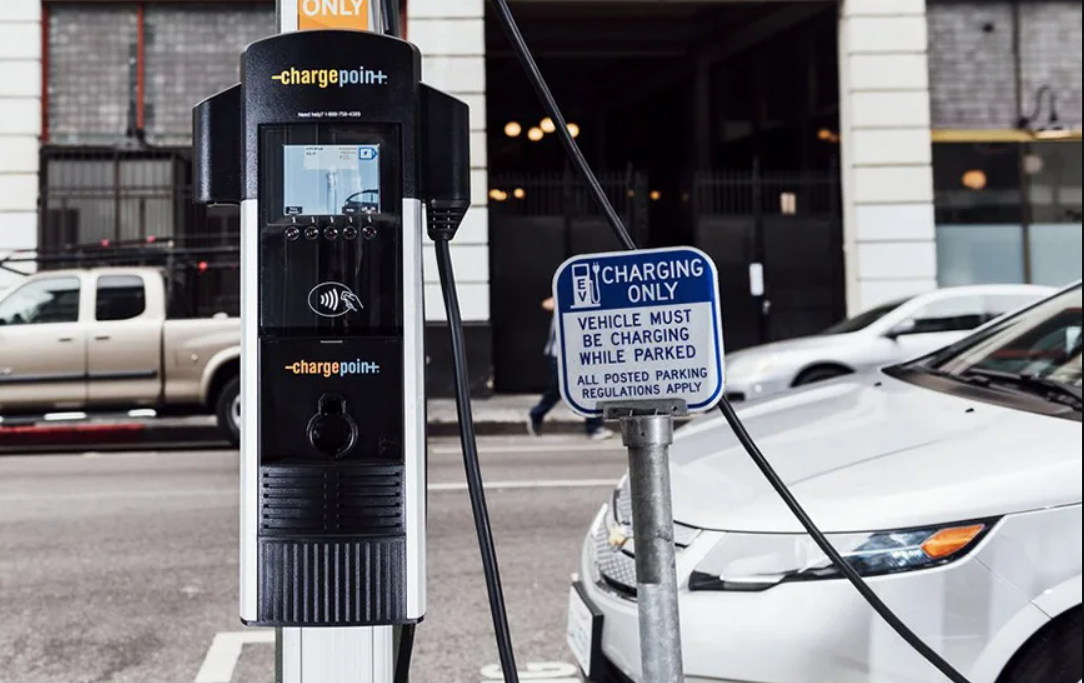People are increasingly buying electric cars as a more sustainable alternative to gasoline-powered vehicles. However, one of the biggest issues experienced by proprietors of electric cars is finding a place to charge them. Thanks to the increase of public charging stations, it is now much easier for proprietors of battery-powered cars to go long distances without having to worry about running out of power.
Each step of commencing an electric car’s charge at a public station will be demonstrated for you.
Step 1: Locate a charging station for electric vehicles
Before you start plugging in your electric vehicle, locate a charging station. Numerous methods exist, including using EV charging point locator applications such as ChargeHub, PlugShare, or EVgo. Google Maps, local EV dealers, or electric utility companies may all be contacted to find charging stations.
Step 2: Verify that your car can use the charging station before moving on
Before charging, ensure that your car is compatible with the charging station. The three charging connections CHAdeMO, CCS, and Tesla Supercharger are used by the majority of charging stations.
Check that your car has the right connector for the battery charger you’ve chosen. If you need assistance, see your owner’s manual or approach the manufacturer.
Step 3: Establish a Charge Credit Account
Charge Station is one among the most well-liked electric charging networks in the US.
You must create an account with Charge Point to utilize a charging station. This may be accomplished online or using the Charge Station app for iOS or Android. After you’ve made an account, you’ll need to add an option for payment. Bank transfers, PayPal, and Apple Pay, among others, are all accepted at Charge Point.
Step 4: Find the QR code for the Charging Station
The QR code for the charging outlet must be located when you go to the electrical charging station.
This is often posted on the electric station or a nearby sign. If you can’t find the QR code, use the Charge Station app, which includes a map of the electrical outlet as well as the position of the QR code.
Step 5: Scan the QR Code using the Charge Station App
After you’ve located the recharging station’s quick response code, you’ll must scan it using the Charge Point app. When you connect your Charging Points card to the charging station, the charging operation will begin. If you have trouble detecting the identifier using the short code, you’ll have to enter the charging station’s ID number into the app.
Step 6: Connect Your Automobile
You can currently plug in your car after linking your Charging Point wallet to the car station for charging. Use the right plug and charging station for your car.
When a car is charging at a charging station, there should be a blinking light or a message on the screen to let you know.
Step 7: Monitor the charging process
While the car is charging, you can utilise the Charge Station app to monitor the charging progress. The app will provide real-time information on the charging state of your vehicle, including the time remaining till it is fully charged.
You may additionally be alerted when your car has been fully charged or if there are any issues with the procedure for charging.
Step 8: Disconnect your car and finish charging it
When your car has been fully charged, disconnect it from the charging station. To terminate the charging session, use the Charge Points app’s “Stop Recharging” button.
The charging procedure will be stopped, and the charging capability will be cut off from your Charged Point account. Before leaving the charging station, disconnect your automobile from the charging station.
Conclusion
As electric vehicles become more prevalent, the requirement for batteries to be charged will only grow. Learning how to charge an electric vehicle at a public station utilizing a Charge Point is necessary for any electrical vehicle owner. You can keep your electric car recharged and ready for action wherever your travel takes you through the step-by-step instructions explained in this article.
Investing in environmentally friendly transport is critical for the wellness of our world, and every tiny action we take to reduce our carbon footprint matters. Charging your electric car may be simple and painless if you have the correct equipment and information.


